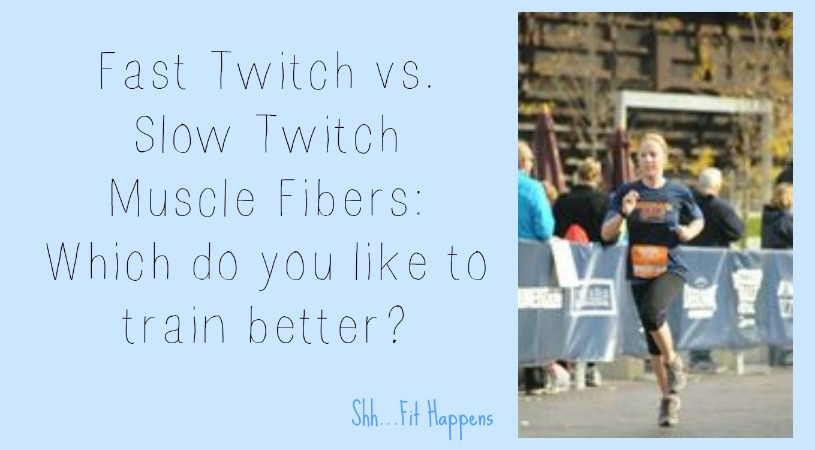Know any HIIT aces who struggle to run a mile? How about amarathoner who can’t nail a box jump? The difference might lie in the makeup of their skeletal muscles.
People have two general types of skeletal muscle fibers: slow-twitch (type I) and fast-twitch (type II). Slow-twitch muscles help enable long-endurance feats such as distance running, while fast-twitch muscles fatigue faster but are used in powerful bursts of movements like sprinting.
What You Need to Know
Fast-twitch muscles break down into two categories: moderate fast-twitch (type IIa) and fast-twitch (type IIb or IIx). Moderate fast-twitch muscles are thicker, quicker to contract, and wear out more rapidly than slow-twitch. Fast-twitch, the most powerful and lowest in endurance, are activated when the body nears maximum exertion.
Here’s how it works: During aerobic exercises such as running or swimming, slow-twitch fibers are the first to contract. When the slow-twitch fibers become tired, fast-twitch fibers begin to take over.
There are significant benefits to working to the point of temporary fatigue—and therefore making sure fast-twitch fibers have been recruited. For instance, if you’re looking to increase muscle mass, and improve strength, using fast-twitch fibers is the only way to do it. On the other hand, aerobic exercises, those that mainly use slow-twitch fibers, can increase stamina and the oxygen capacity of your muscles, allowing the body to burn energy for longer periods of time. A high proportion of slow-twitch fibers has also been associated with low blood pressure. Previous research has also shown that women may have a greater distribution of type I muscle fibers and lower distribution of type II muscle fibers than men.
Your Action Plan
There’s no conclusive evidence that muscle fibers can transform from slow- to fast-twitch or vice versa. In other words, while you can improve at sprinting or other explosive movements, it may not be because you’re converting muscle fiber types. Still, fast-twitch (type IIb) fibers can be converted into moderate fast-twitch (type IIa), orvice versa, through increases in endurance or resistance training.And keep in mind that fast-twitch muscle depletes with age considerably more than slow-twitch, so increasing muscle power is less feasible later in life.
Still, generally speaking, when muscles are forced to work differently and you get out of your comfort zone, you get a better workout. Keep mixing your workouts up to recruit all types of muscles fibers—and to fight dreaded gym boredom.
Shared from Greatest.com. Originally published September 2011. Updated August 2015.



